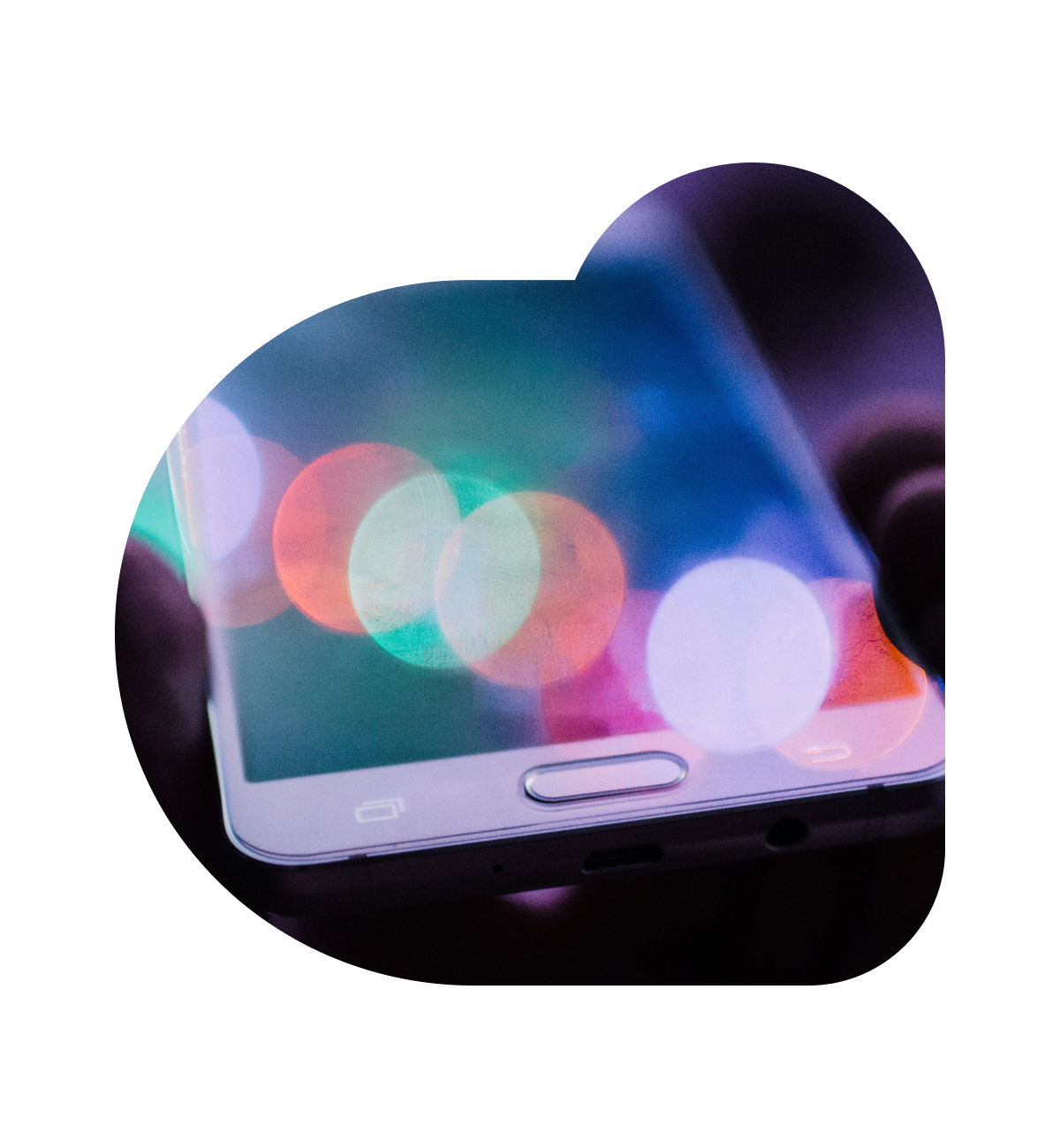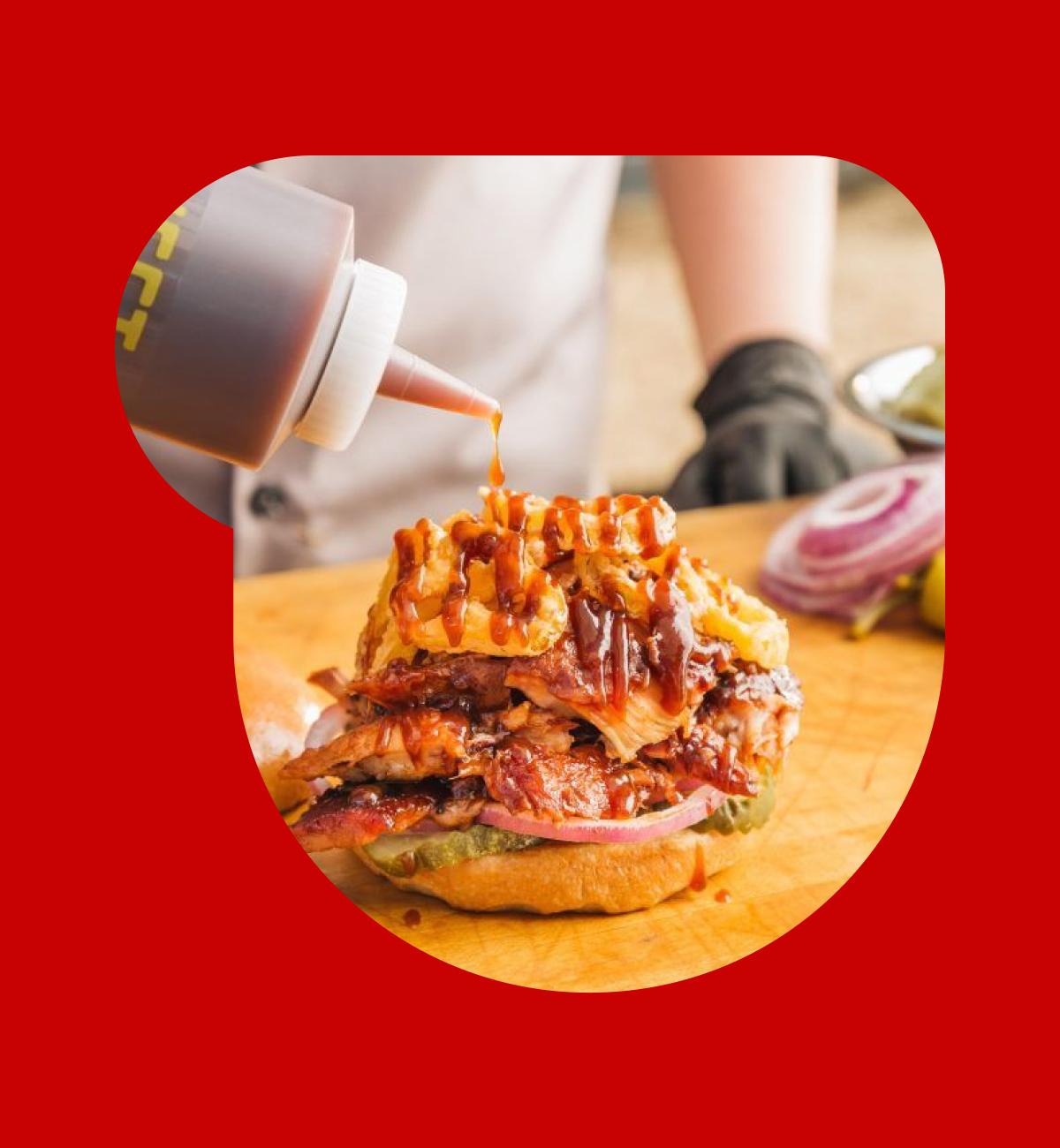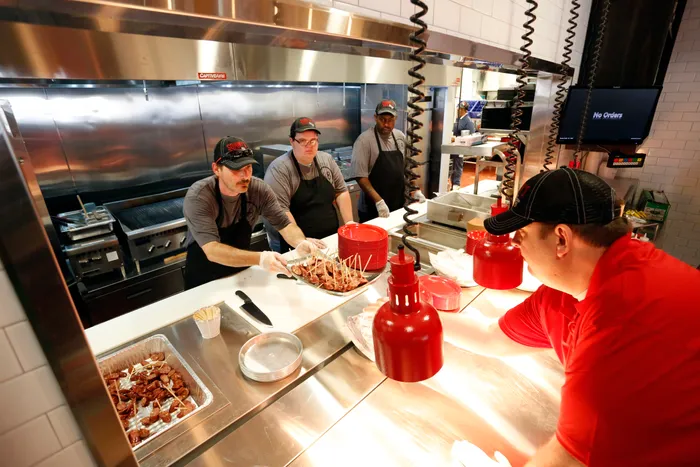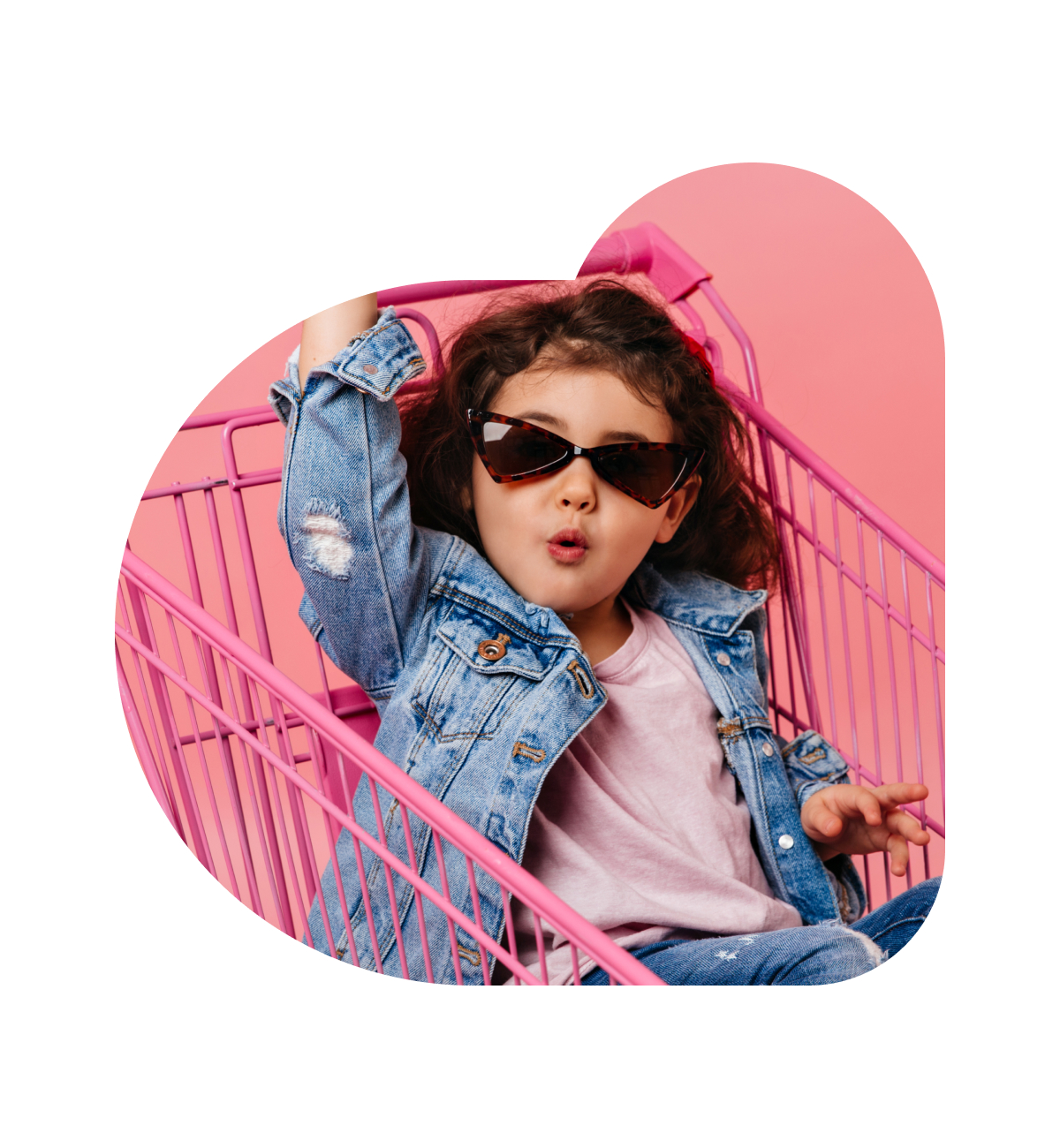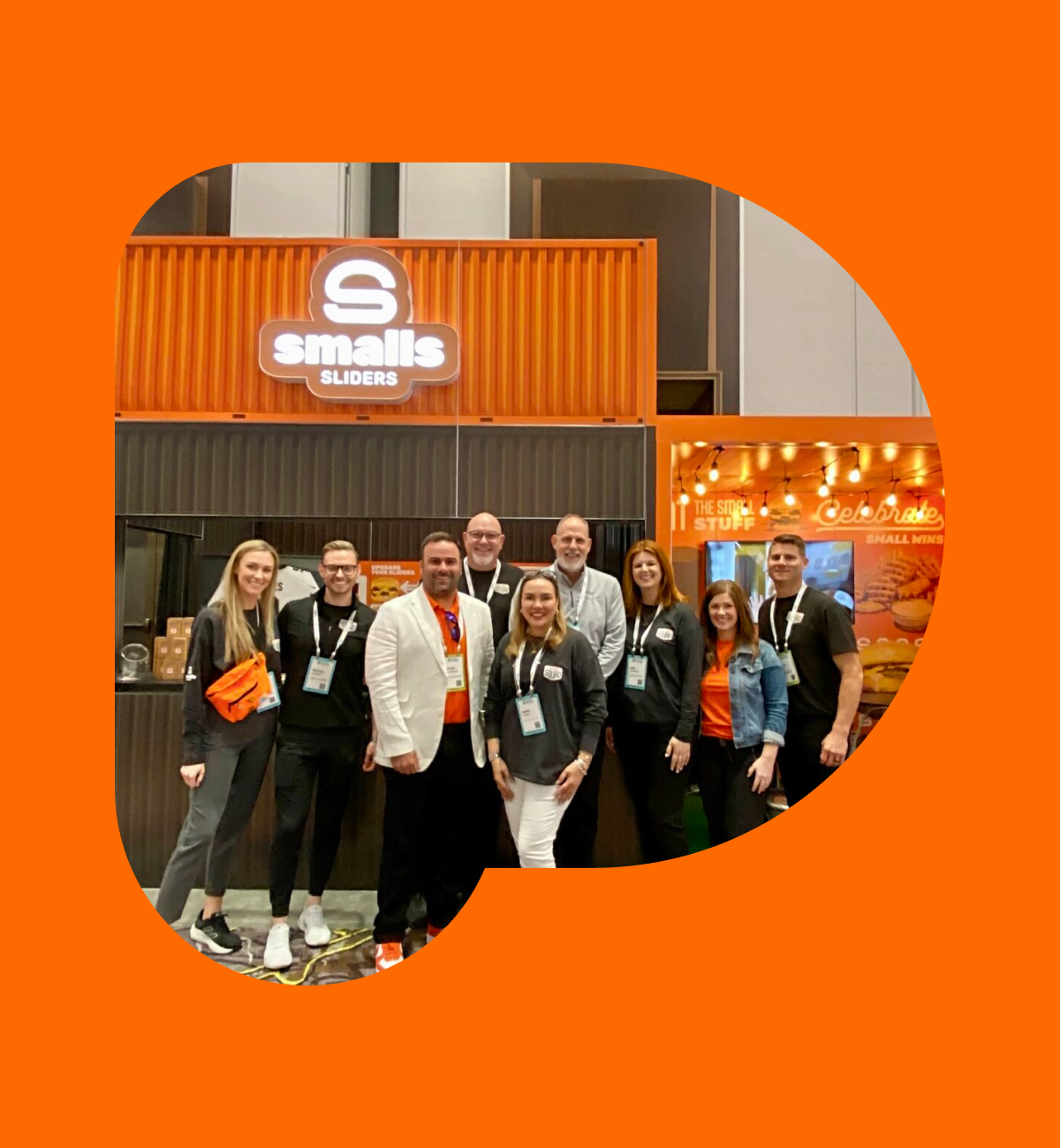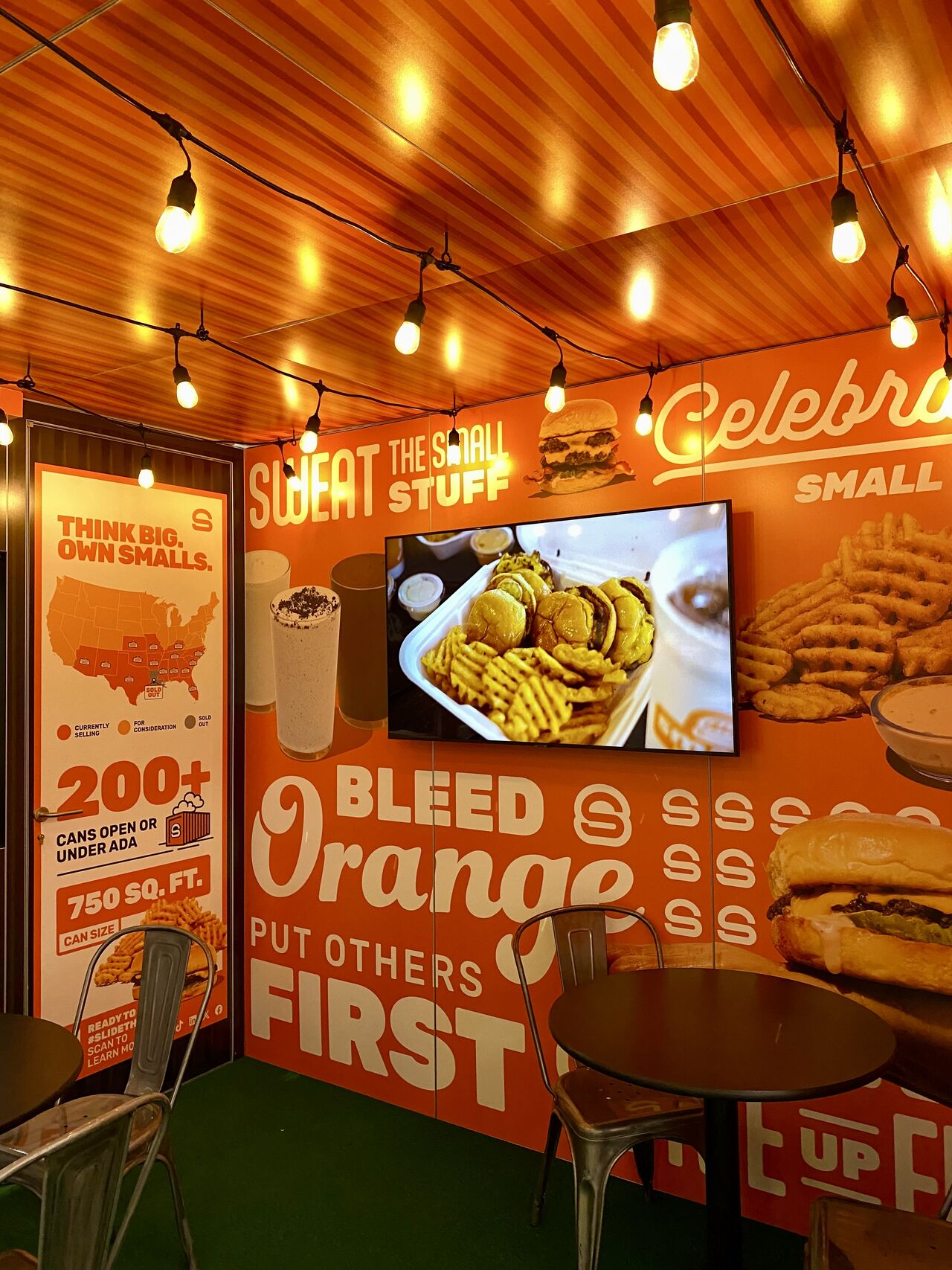“There’s food at home.” We’ve all heard those fateful words before. But that eerily familiar phrase has crept into our minds more times than we’d like to admit these days. Or has it? The landscape of value in the restaurant industry is rapidly evolving. Causing consumers to think twice before spending their hard earned cash on a meal out. Economic factors and changing consumer behaviors have introduced a new level of complexity to the value equation, challenging quick-service restaurants (QSRs) to rethink their strategies. As inflation impacts spending power and consumer price sensitivity remains high, it’s essential for QSRs to adapt to these changes to remain competitive and retain customer loyalty.
Before now, the value equation was much simpler. Consumers valued dollar meals and quick-service restaurants on a daily basis. And splurged on sit-down restaurants once in a while. But now, consumers’ perception of value has changed. While they generally remain price-conscious, consumers aren’t just making decisions based on budget. They are considering all kinds of variables, such as convenience, service fees, pricing and shrinkflation. Or even the experience they get out of dining-in.
Interestingly, a trend of YOLO spending has emerged, where consumers are occasionally willing to splurge on experiences that provide a sense of enjoyment or novelty. This behavior is driven by a desire to make the most of life despite economic uncertainties. For QSRs, this means there is an opportunity to capture this spending by offering unique and memorable dining experiences that feel like a treat without breaking the bank. Limited-time offers, exclusive menu items, and themed dining experiences can tap into this trend and attract customers looking for a special experience.
Although, the gap in value perception is even narrowing between grocery stores, quick-service and full-service restaurants. Rising prices in QSRs are pushing consumers to compare them more directly with full-service options, where the perceived value often includes enhanced service and atmosphere. At the same time, grocery store prices are increasing, prompting some consumers to find eating out more appealing despite the costs.
This presents an interesting opportunity for QSRs to capture this shift in spending behavior. Here’s how they can adapt to win over consumers:
1. Enhance Loyalty Programs: Develop and promote digital loyalty programs that reward repeat visits, fostering long-term customer relationships.
2. Menus Redesign: Streamlined menus simplify decision-making for diners, improving their overall experience. Simplified menus also enhance operational efficiency, leading to faster service and better order accuracy.
3. Offer Consistent Value: Introduce and maintain value menus that provide affordable options without compromising quality, ensuring customers always find value in their dining experience.
4. Improve Customer Experience: Focus on service quality, atmosphere, and the overall dining experience to enhance perceived value and encourage repeat visits.
5. Embrace Technology: Invest in online ordering, mobile apps, and digital payment systems to meet the growing demand for convenience and enhance customer satisfaction.
6. Promote Direct Channels: Encourage customers to use your own platforms for orders to build a direct relationship, reducing reliance on third-party services and associated fees.
7. Monitor Economic Trends: Stay agile and adjust pricing strategies based on economic indicators and consumer behavior, ensuring your offerings remain attractive and competitive.
While inflation may be cooling, but wages have not kept pace. Meaning they consumers may be pinching more pennies when it comes to eating out. Especially if prices continue to rise. Restaurants and QSRs will need to be more strategic in their value offerings to keep customers coming back.
The value equation in the restaurant industry is evolving, driven by economic pressures and changing consumer expectations. QSRs must understand and adapt to these shifts to maintain competitiveness and customer loyalty. By enhancing loyalty programs, offering consistent value, improving customer experience, embracing technology, and promoting direct channels, QSRs can navigate the complexities of the new value equation and keep customers coming back.


